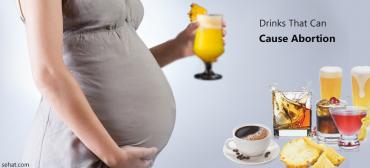Translocations
What are translocations?
The term translocation is used when the location of specific chromosome material changes. There are two main types of translocations: reciprocal and Robertsonian. In a reciprocal translocation, two different chromosomes have exchanged segments with each other:
| |
| Click Image to Enlarge |
In a Robertsonian translocation, an entire chromosome attaches to another at the centromere. The centromere is the center part of a chromosome that appears "pinched" between the p and q arms:
| |
| Click Image to Enlarge |
This newly formed chromosome is called the translocation chromosome. The translocation in this example is between chromosomes #14 and 21. When a baby is born with this type of translocation chromosome (between #14 and 21), in addition to one normal 14 and two normal 21 chromosomes, the baby will have Down syndrome. This is also called translocation Down syndrome.





















